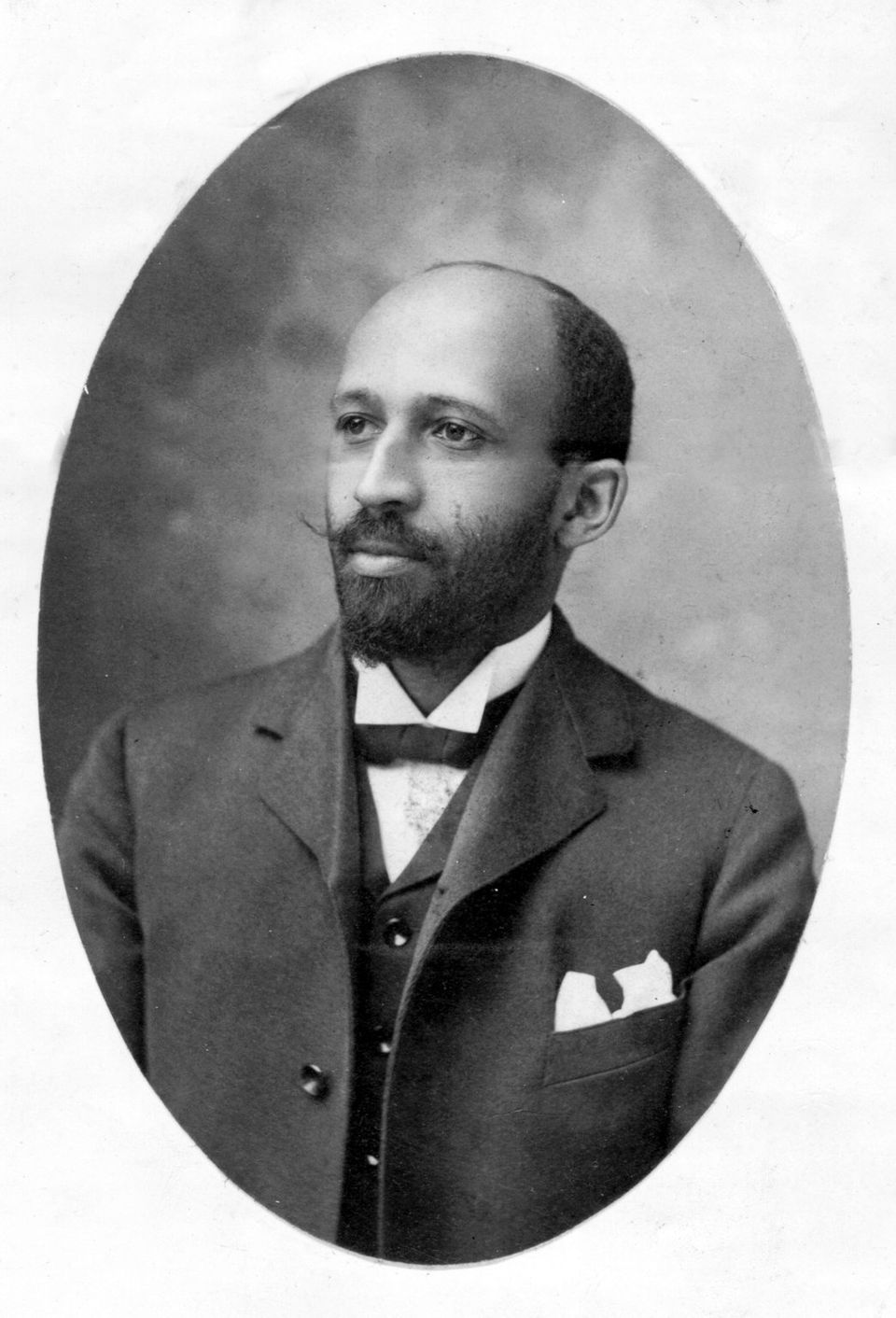Crusaders For Peace: A Book Review
Black civil rights activist, writer and scholar W.E.B. Du Bois is finally beginning to receive the attention and acclaim that he so well deserves. In September 1991, Discovery Enterprises,Ltd., a publishing company in Lowell, Massachusetts, released what is proving to be quite a popular biography of this unsung hero: W.E. B. Du Bois: Crusader for Peace, written by Kathryn Cryan-Hicks, writer and
W.E.B. Du Bois was born in 1868 in Great Barrington, Massachusetts. After graduating from Fisk University he went on to study at Harvard and the University of Berlin He was the first Black to receive a Ph.D. from Harvard University. As early as the turn of the century, his sociological studies and papers on the African-American community and its history had earned him the title of the “Leading Social Scientist on Black America.”
He became well-known among the general population with the publication of his book of essays, The Souls of Black Folk, in 1903. This book became the most widely read of his twenty-one published works. It was in one of these essays that he emphasized his prediction that “the problem of the twentieth century is the problem of the color line.
“In 1905, Du Bois helped to organize the Niagra Movement, a forerunner of the National Association for the Advancement of Colored People (N.A.A.C.P.). It was in his role as editor of the N.A.A.C.P.’s magazine, The Crisis, that Du Bois was able to reach out to Black Americans, in particular young Black writers like Langston Hughes and Countee Cullen, who were profoundly influenced by him.
Du Bois also helped initiate the Pan-African movement. Working with people all over the world, he was able to organize several conferences with the goal of uniting people of African descent and gaining independence for the colonies in Africa.
Du Bois’ concern for human rights led to his involvement in the international peace movement. He spoke out against the anti-Red hysteria of the McCarthy era and encouraged cooperation with Russia and Red China. Cooperation was vital to world peace, he argued.
His honesty and commitment to world peace resulted in an indictment from the Federal government. In 1951, he was charged with refusing to register as a foreign agent.
For six years he and his wife, Shirley Graham Du Bois, were not allowed to travel outside the U.S. In 1953, the World Peace Council awarded Du Bois its International Peace Prize, but he was unable to be present at the Council’s European meeting to accept the award.
Although Du Bois was acquitted, his reputation was tarnished. Publishing companies
and newspapers were afraid to publish his writings.
At ninety-three years of age, he and his wife moved to Accra, Ghana, at the invitation of that country’s first president, Kwame Nkrumah, to begin work on the Encyclopedia Africana — a work covering all aspects of African history and culture. Two years later, on August 27, 1963, the eve of the March on Washington, W.E.B. Du Bois died at his home in Accra.
The people and government of Ghana recognized the importance of Du Bois early on. His home in Accra was declared a national monument, and a library has been established there in his name. Our country has been slow to recognize his achievements. In February 1992, for Black history month, the Postal Department issued a stamp to honor Du Bois, a small step toward acknowledging his influence.
This biography is another step. It is an important one because it recognizes that Du Bois’ influence, like that of all Black history-makers, reaches out to all people, not just African-Americans. It reaches young and adult readers with a story that has not been told enough.
W.E.B. Du Bois: Crusader for Peace is one of a series of picture book biographies issued by Discovery Enterprises. Another book in the same series, of interest especially to students studying the abolition movement or women’s rights, is Lucretia Mott: Friend of Justice by Kemkrapp Sawyer. Contact the publisher directly at (800) 729-1720 for information on ordering and on how you can use these fine biographies as a fundraiser for civic and community groups.

